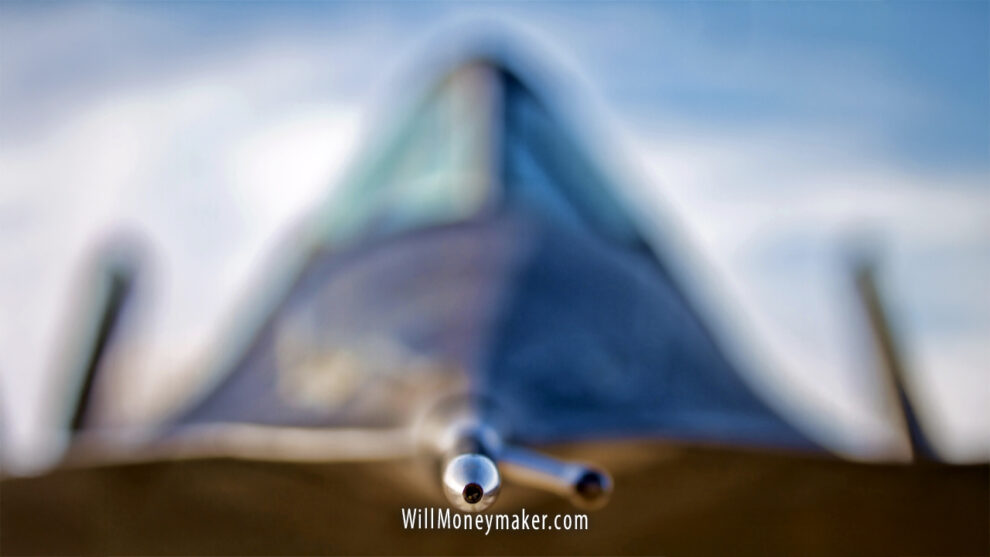As photographers, everything we do is tied to perspective. We think about it every day as we work on our images, but we don’t always think about all the meanings packed into that one word. When you hear “perspective,” you probably think about the angle you shoot from. That angle is part of it, but there’s much more. There is the angle itself, there is your own personal viewpoint, and there is the subject’s point of view, their thoughts, feelings, or experiences.
All three of these forms of perspective matter if you want to create images that feel meaningful. So let’s look at each one a little more closely.
First, perspective is the angle you choose when you take the photograph. That part is straightforward. You can shoot from above, from below, from the side, or head on. You can shoot through something like a window or branches to bring the viewer into the scene. You can use leading lines from a path or fence to guide the viewer’s eye. Your angle and your physical position change the message of the photograph, so the best way to use this kind of perspective is to experiment. Stand close or far away. Kneel or climb. Move around the scene and see how it shifts.
But a great angle is only one piece.
The second kind of perspective is the subject’s own experience. The best photographers don’t just show what a subject looks like; they show something about the subject’s life. Think about that statue in a town square. Pigeons use it as a perch. So instead of photographing an empty statue, maybe you wait until one of those pigeons lands. Suddenly you’ve shown something about the statue’s “experience.”
This works even more clearly with people. You can look for details that reveal their thoughts or feelings: facial expressions, gestures, body language, the direction they’re looking, or the activity they’re engaged in. Even lighting and color choices can help express what the person might be feeling in that moment.
Then there is the third type of perspective, which is your own. Your experiences, your mood, the things you’ve lived through. All of that gives you a way of seeing the world that nobody else has. And in a time when it feels like every photograph has already been made, that personal point of view is often the only thing that makes your work truly original.
So when you look at a scene, try to notice more than the objects in front of you. Notice what the scene stirs up inside you. A dog playing fetch with a child might feel joyful and warm to you. Someone else might see it and think about their own childhood. Someone else might think about the family they want to have someday. Every person sees the same moment differently. Bring your version of that feeling into the image.
Blend all of this together: the physical angle, the subject’s experience, and your own emotional viewpoint. That’s how you build depth. If that statue fills you with a sense of awe, photograph it in a way that reflects that feeling. Use bright light. Shoot from low to the ground to make it feel larger than life. And if you want to include the subject’s perspective, wait for that pigeon to land or take flight. Put all those pieces together, and you’ve created something richer.
There are endless ways to weave your perspective into an image. Light and shadow, bold colors or soft tones, brightness or darkness, the contrasts you choose. All of these can carry your viewpoint into the final photograph.
Perspective has many meanings, and using all of them is one of the best ways to add depth, originality, and emotion to your work.





